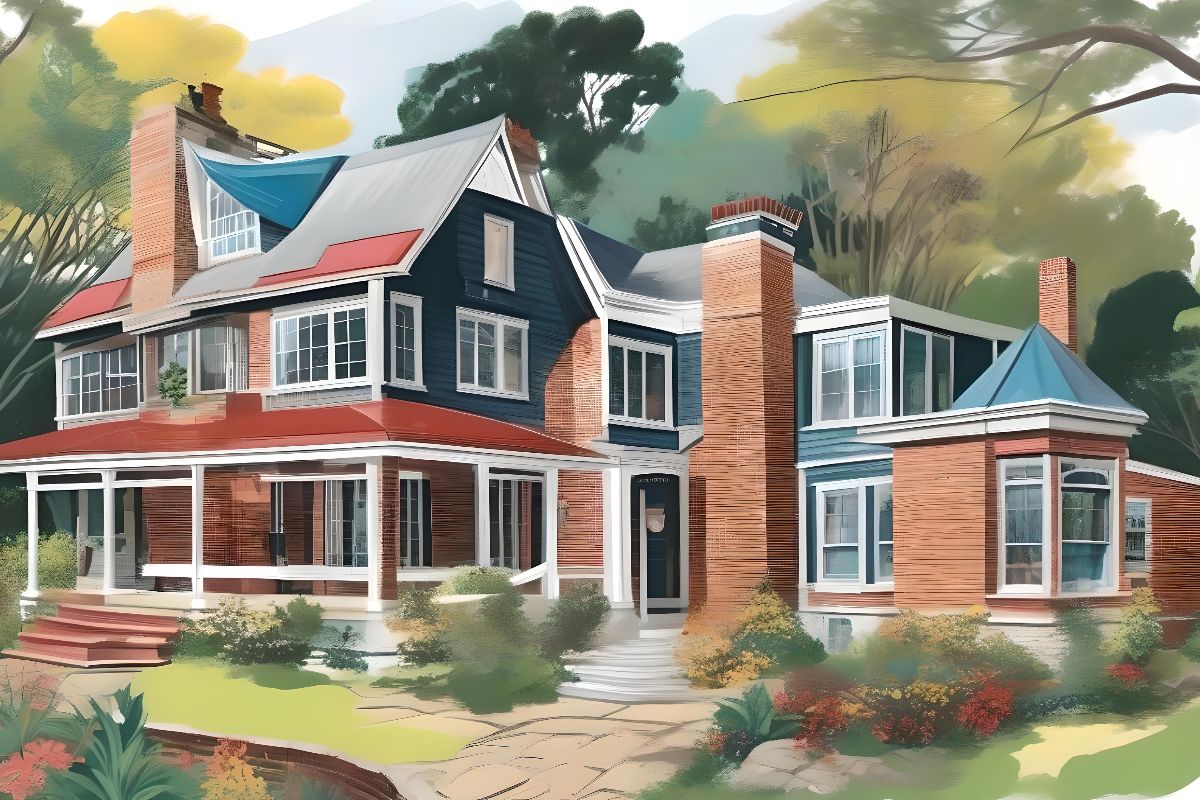
Older homes possess a unique charm, offering architectural details, craftsmanship, and character that newer homes often lack. However, when modernizing these properties, the challenge lies in preserving original features while updating them for contemporary living. A well-executed renovation maintains the historic appeal and introduces functionality and comfort that suit today’s lifestyle. Below are key considerations for renovating an older home while preserving its timeless character.
1. Respect the Original Architecture
Before making any changes, it’s crucial to understand your home’s architectural style. Older homes often belong to specific periods, such as Victorian, Colonial, or Craftsman, each with its distinct design elements. The first step in any renovation is to research and identify these features, as they give the home its unique charm.
Maintaining original architectural elements like crown moldings, hardwood floors, and period-specific windows can help preserve the home’s integrity. If any of these features are damaged, seek materials and methods that match the original as closely as possible. For example, restoring hardwood floors instead of replacing them or refinishing original woodwork can go a long way in maintaining the home’s authenticity.
Preserving the architectural details will help your home retain its historical significance while adding value and visual appeal to your renovation project.
2. Modernize Systems Without Sacrificing Style
One of the biggest challenges in renovating an older home is upgrading outdated systems without compromising style. Modernizing these systems should be a priority when electrical wiring, plumbing, and HVAC systems in older homes are often inefficient or unsafe by today’s standards.
When upgrading, try to minimize visible changes to the home’s aesthetics. For example, use retro-style fixtures or conceal modern systems within existing walls to preserve the house’s look. Similarly, upgrading the insulation, windows, and HVAC systems will improve energy efficiency while maintaining the home’s appearance.
A balance between aesthetics and practicality ensures the house is livable for years to come without losing its charm.
3. Focus on Functional Layouts
Older homes tend to have more compartmentalized floor plans, which can feel closed off compared to the open layouts favored in modern homes. While it’s tempting to completely tear down walls to create open spaces, consider whether smaller modifications might be sufficient to improve the flow without losing the home’s character.
Sometimes, you can widen doorways or create larger archways to open rooms while maintaining the original layout’s essence. This approach allows for more natural light and better movement through the home, all while keeping its historic appeal intact.
To modernize without sacrificing character, carefully consider which walls can be opened and where maintaining smaller, more intimate rooms adds to the home’s charm.
4. Harmonize Old and New Materials
A successful renovation is one where the old and new elements blend seamlessly. When introducing modern materials, aim for harmony between the new updates and the original features. For instance, if you’re installing a new kitchen, select cabinetry, countertops, and fixtures that complement the style and period of the home.
When working with original materials that are no longer available, consider using reclaimed or salvaged materials that match the era of the home. This can be particularly effective with wood, tiles, and hardware, which are key elements in preserving the authenticity of an older home. Similarly, for outdoor charm, learning how to plant amazing window box flower combinations can enhance the aesthetic while staying true to the period style.
The goal is to create a cohesive design so that the updated sections don’t feel disconnected from the original structure. Blending modern convenience with vintage style ensures that the renovation feels intentional and thoughtful.
How to Finance a Home Renovation
Renovating an older home can be rewarding but expensive, particularly when dealing with repairs, system upgrades, or restoring unique architectural details. Knowing how to finance a home renovation is key to ensuring your project stays within budget. Popular options include home equity loans, personal home improvement loans, and government-backed loans like the FHA 203(k), which can provide the necessary funds for extensive renovations.
Understanding the available financing options allows you to pursue your renovation goals without financial strain. This makes it easier to preserve the charm of your older home while modernizing it for today’s lifestyle.
Conclusion
Renovating an older home is more than just updating a property; it’s about preserving history while making it work for modern living. By respecting the original architecture, modernizing systems thoughtfully, and blending old and new materials, you can breathe new life into a historic home without sacrificing its character. Careful planning, particularly regarding how to finance a home renovation, will ensure that your project is successful in terms of aesthetics and investment. With the right approach, you can create a space that honors the past while embracing the present.









